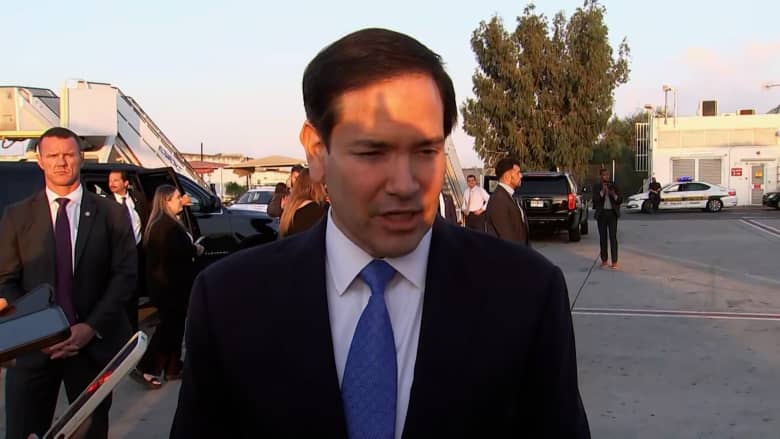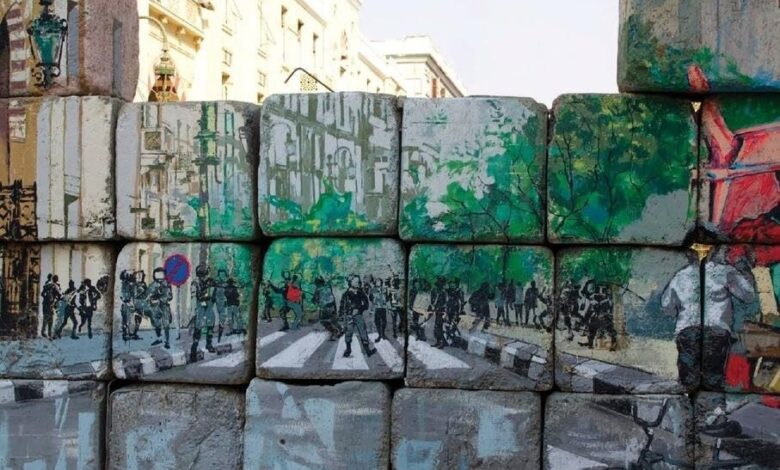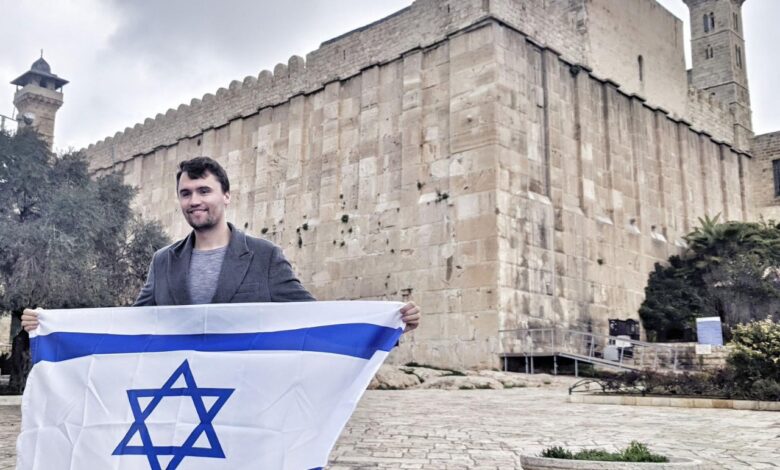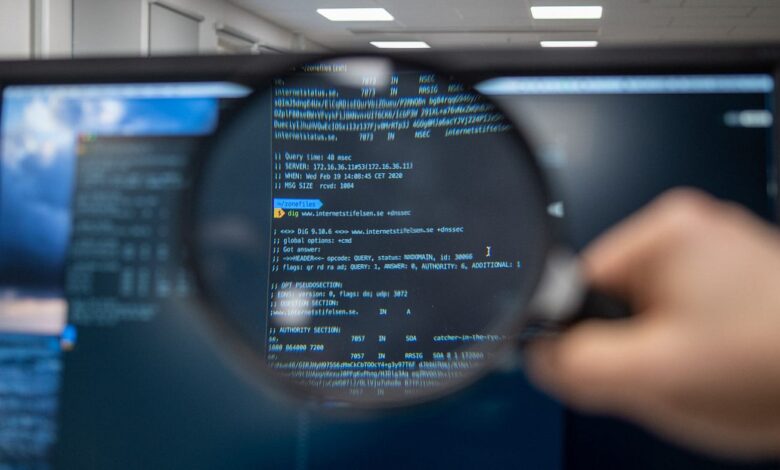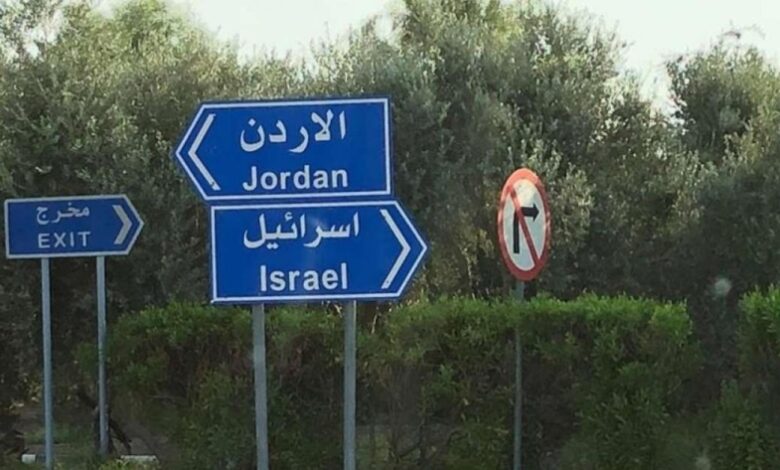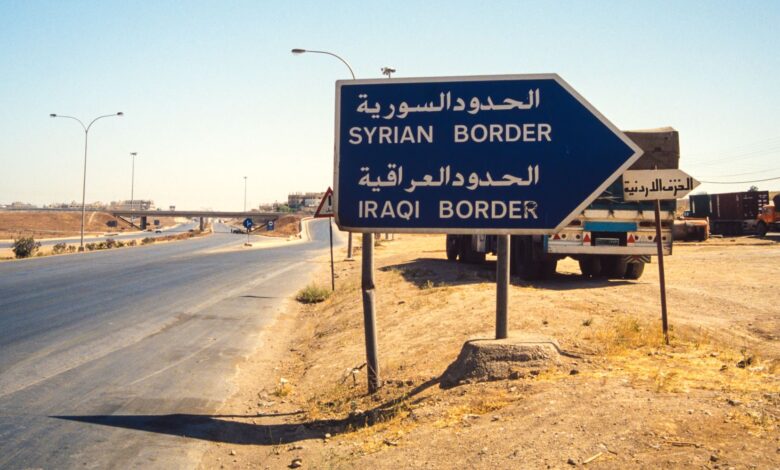The roots of the Israeli right are essential to understanding the political and ideological configuration of the State of Israel and its contemporary trajectory. Although the Zionist project emerged with multiple wings and currents, the right-wing current formed early around a vision that combined militant nationalism and reliance on force to impose a new reality in Palestine. With the rise…
Read More »Article
In a recent televised interview with the BBC, King Abdullah II conveyed Jordan’s strategic approach toward Israel’s far-right government under Benjamin Netanyahu. The King stated unequivocally that he does not trust a word Netanyahu says, signaling a firm and decisive stance in framing the relationship between Jordan and Israel, three decades after the signing of the Peace Treaty. These remarks…
Read More »The visit of Syrian President Ahmad al-Sharaa to Moscow and his meeting with his Russian counterpart Vladimir Putin on October 15, 2025, generated widespread discussion and debate about its underlying motives and political implications. The timing was particularly significant, coming at a critical geopolitical juncture for both Syria and the wider region. The visit coincided with an accelerating Arab and…
Read More »On 18 October 2025, the U.S. Department of State issued a warning statement [1] affirming that it had received “documented reports” indicating Hamas’s intention to carry out an “imminent attack” against Palestinian civilians inside the Gaza Strip, characterizing this as a “direct and grave” violation of the ceasefire that entered into force on 10 October. The statement noted that the…
Read More »The term “Post-Islamism” is used to describe an intellectual and political phase that emerged after the rise and decline of the classical Islamist wave that dominated much of the Muslim world since the 1970s, particularly those associated with movements of political Islam such as the Muslim Brotherhood or the Islamic Revolution in Iran. This phase represents a qualitative shift in…
Read More »The assassination of conservative American activist and Trump ally Charlie Kirk1—killed instantly by a bullet while delivering a speech at the University of Utah—was a pivotal moment that dominated the political and media scenes. The incident triggered a storm of reactions on social media both inside and outside the United States, fueling speculations and analyses about its background, possible implications,…
Read More »Israeli intelligence agencies have developed since the state’s founding based on advanced intelligence traditions, including human intelligence (HUMINT) and cryptography. Over time, they expanded in response to regional security challenges. Since the wars of 1967 and 1973, Israel has equipped its agencies with the latest technologies, ranging from night-vision systems and drones (UAVs) to satellites and cyber-espionage capabilities. Investing in…
Read More »In recent months, Israel’s political arena has witnessed an unprecedented surge in far-right rhetoric advocating the extension of sovereignty over significant parts of the West Bank, particularly the Jordan Valley. This escalation, reflected in increasingly radical statements from Israeli ministers, has reignited regional and international debates over the scope of Israeli control, the future of the Palestinian national project, and…
Read More »This material was published in the third issue of the Jordanian Politics and Society magazine (JPS). NoteThe views and opinions expressed in the magazine are those of the authors and do not necessarily reflect the views or positions of neither PSI nor the Editors. The fall of Syrian President Bashar al-Assad’s regime in early December 2024 ushered in a new regional…
Read More »This material was published in the third issue of the Jordanian Politics and Society magazine (JPS). NoteThe views and opinions expressed in the magazine are those of the authors and do not necessarily reflect the views or positions of neither PSI nor the Editors. Northeastern Syria, which encompasses three governorates —al-Hasakah, Raqqa, and Deir ez-Zor—constitutes a complex geopolitical flashpoint where the…
Read More »




